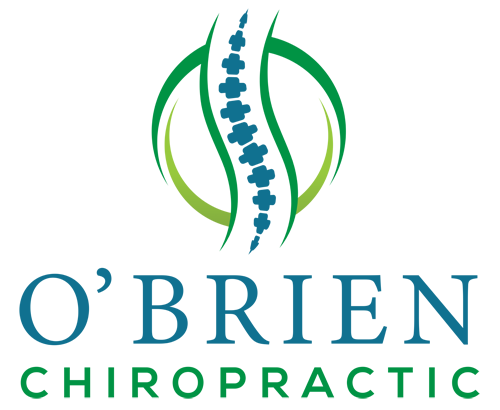TREATING INFLAMMATION
An injury caused by a forceful trauma (such as an ankle sprain) or a repetitive strain (such as overuse of the back from lifting) will result in an inflammatory response. Inflammation isolates the injury and activates the local and systemic defense and repair processes. Inflammation is a good thing, as it is necessary for proper healing of the tissues to occur. However, inflammation is a primitive response, and may become detrimental to the healing process if it is not controlled. Too much inflammation can lead to a delay in the healing process, as well as excessive scarring, ongoing chronic pain, and improper movement patterns. The key to tissue healing is to maximize the positive effects and minimize the negative effects of inflammation, thereby creating the ideal environment for the body to heal itself. When cell membranes of tissues are damaged, prostaglandin is released into the surrounding region, causing the surrounding capillaries to swell. Prolonged inflammation will decrease nutritional flow to the injured tissues, cause scarring, and ultimately lead to dysfunctional muscle groups, improper motion patterns, prolonged dysfunction, and ongoing pain sensitivity. The acronym PRICES has been used by the medical community to describe the proper measures to take in the acute phases (first twenty-four to forty-eight hours) of an injury.
P = protect
R = rest
I = ice
C = compress
E = elevate
S = stabilize
Ice will cause vasoconstriction of the capillaries. Both ice and compression result in improved reabsorption of fluids and decreased pain. Elevation will help drain fluids away from the injury. These three methods will limit the primitive responses of inflammation and create the optimum environment for tissue healing. As a general rule, ice should be applied to the injured tissue over a 20-minute period with a 1-hour rest period between applications. Studies have suggested that ice therapy combined with compression is more effective then ice therapy alone, so the ice pack should be secured with an ace bandage. Individuals suffering from Raynaud's phenomenon, peripheral vascular disease, or susceptibility to frostbite should be cautious when utilizing this technique.
Using a typical inverted ankle sprain as an example, here is how PRICES works:
As soon after the injury as possible, take two ice/gel packs and place one on the outside and one on the inside of ankle.
Wrap an ace bandage around the foot and ankle for support and compression.
Place three pillows under the leg and rest the ankle in an elevated position.
During the first 6 days of the inflammatory process, non-steroidal anti-inflammatory drugs (such as Ibuprofin) are useful in inhibiting prostaglandin formation, thereby limiting inflammation. These medications may be purchased over the counter or prescribed by your doctor (for stronger doses) and should be taken after a meal to prevent gastric upset.
